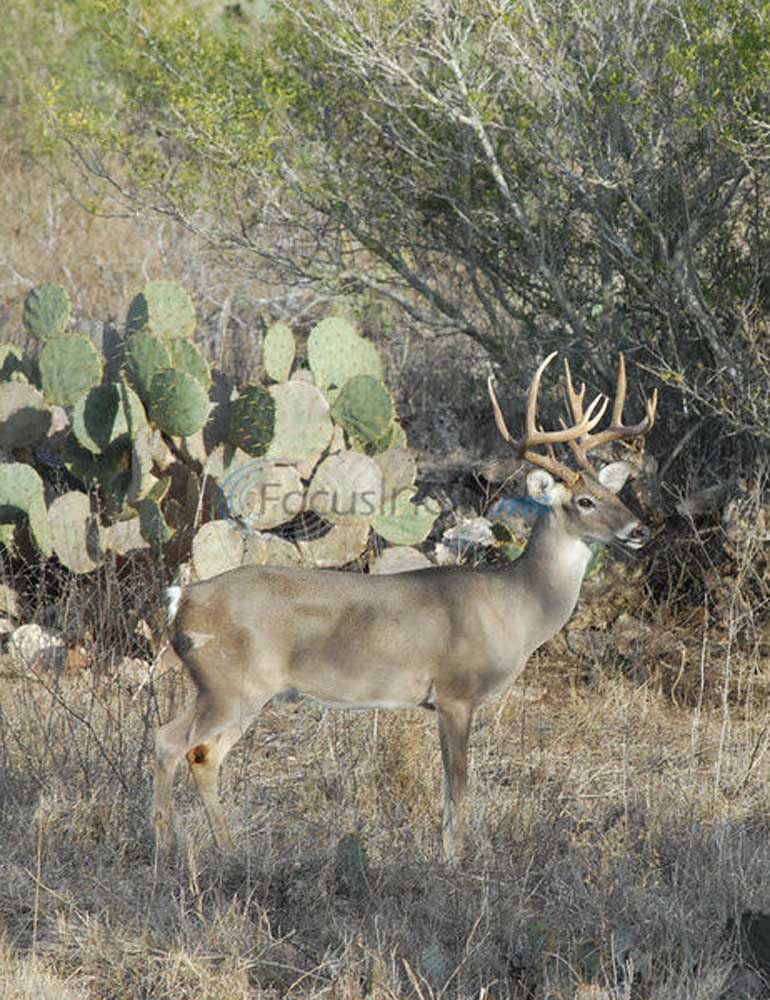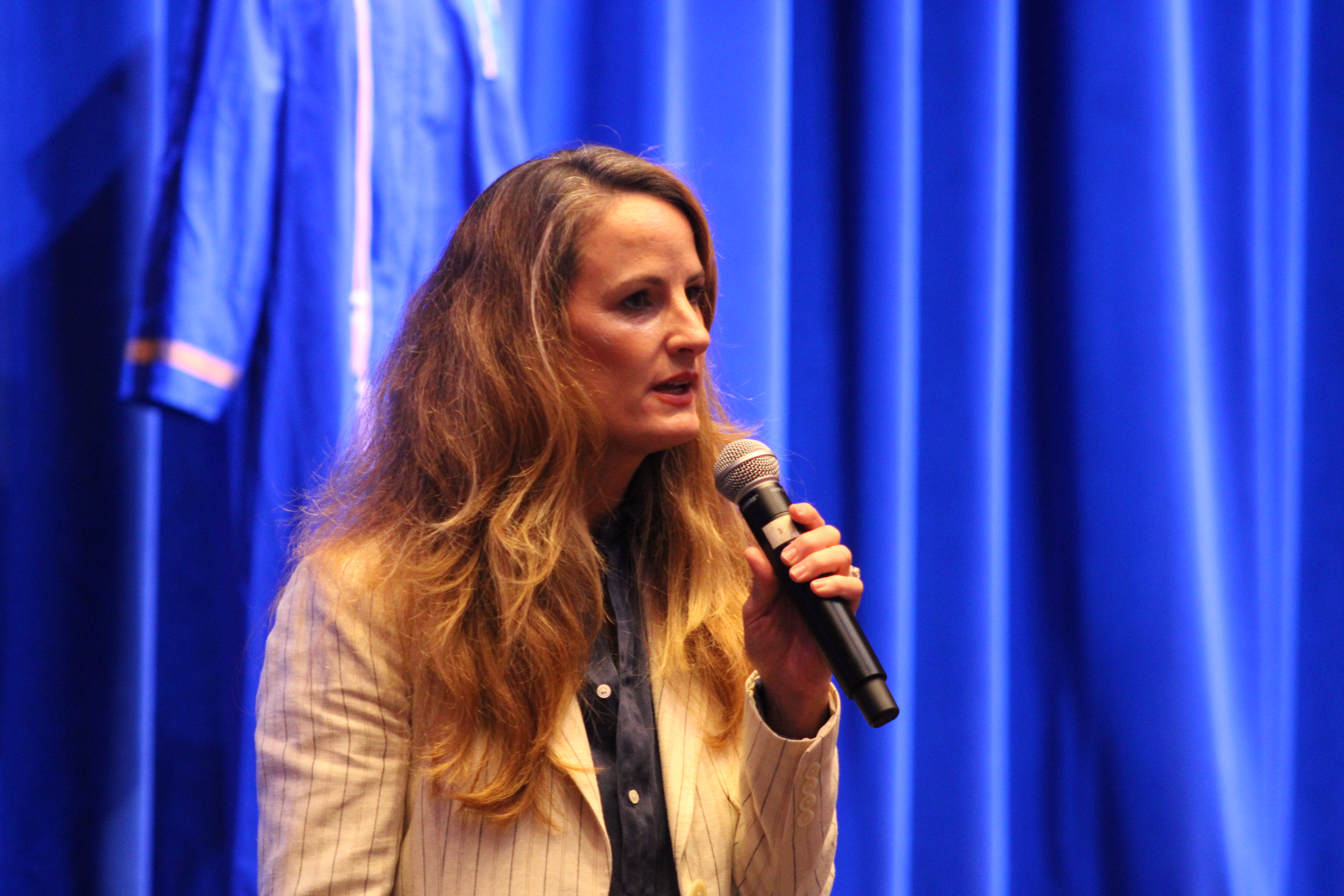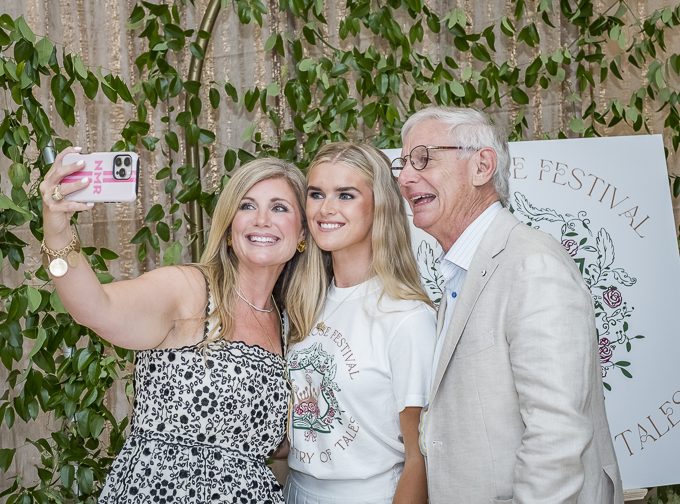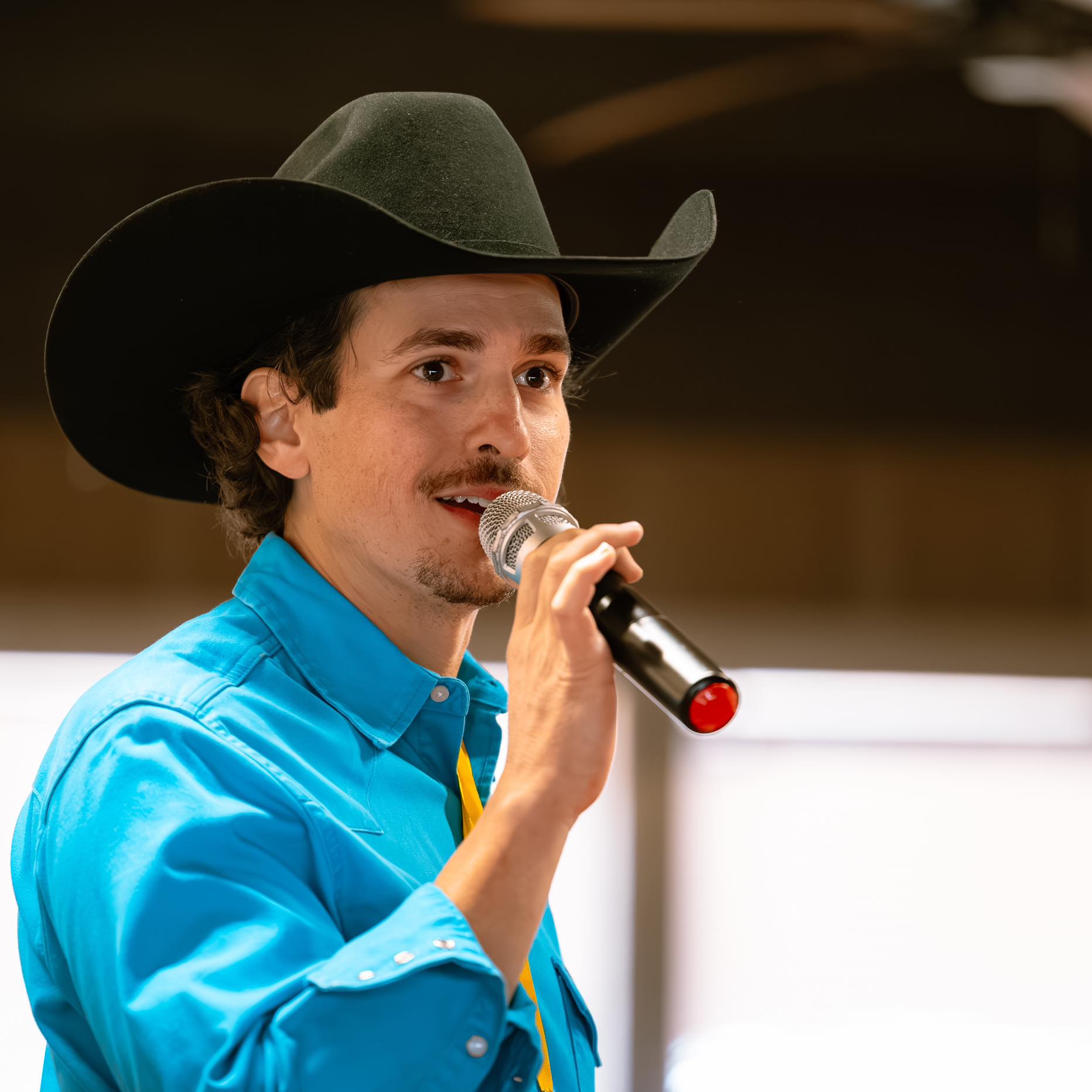Deer hunters always head to the field with optimism
Published 8:12 pm Saturday, October 25, 2014
I can still see it like it happened just yesterday. But it wasn’t. It was more than 40 years ago. I was sitting on a rock on a portion of the Sutton County ranch known as Horseshoe Ridge. It was a brisk morning with temperatures in the 30s. Frost covered what little vegetation grew among the rocks and on the prairie grasses in the valley below. There wasn’t a hint of wind, making it a perfect morning to be deer hunting.
It was my first time on the ranch of my friend Richard Hill, and my first morning to deer hunt. I really didn’t know what to expect, much less exactly what to do.
Trending
In an era before there were feeders or more than a couple of deer stands on the ranch I walked up the ridge in the dark and sat down on a rock with my back to a tree. It seemed like a good spot, but only time would tell. That time began when the sun first started to peak over the ridge on the opposite side.
The first thing I realized was that with the sun directly in my eyes I could see only below me and to either side for the 45 minutes of daylight.
I didn’t care. It still felt good. For close to an hour I had sat as quietly and as still as I could perched on a rock in the dark. Wearing only a pair of cowboy boots and cheap gloves, I lost the feeling in my fingers and toes long before the sun arrived.
Not seeing anything but angora goats early, I was starting to get hungry and bored when I heard rocks rattling to my left. I turned to my left and 50 yards away a young, 3-point buck was making its way around the ridge.
We both seemed to notice each other simultaneously. It is hard to say which was most startled, confused and unsure of what to do next. On the long drive from Dallas to Sonora another friend, David Bratton, gave me a primer on deer hunting and what to do in case a deer walked by and I shot it.
To be honest, I never got the chance to feel buck fever the way I have so often since that day. At the first chance I quickly threw up my rifle, found the deer’s front shoulder and shot.
Trending
At that moment I couldn’t have told you if I squeezed the shot or yanked as hard as possible. I am guessing the latter, but either way it didn’t matter. The buck cratered to the ground. I was a deer hunter.
After standing there admiring my trophy for several minutes, reality set in and I realized it was time to pull out my straight-blade Buck knife and gut the deer. My knowledge of the process, like that of most first-timers, was not to make too deep of an incision so as not to puncture the stomach.
Admittedly the result was something like a scene from The Texas Chainsaw Massacre. It was not a precise cut. There was enough blood on the ground that it looked like a crime scene. And in an era before rubber gloves I had blood all over me, including the watch I forgot to remove in my haste.
Starting next Saturday and running into January more than a million deer hunters will be taking to the field. Like me 40-something years ago, some will be going for the first time. They will be wide-eyed, excited and uncertain. Some will kill one or two of the more than 600,000 white-tailed deer taken around the state during the season.
For the lucky ones the hunt will come off without a hitch. For the others they may come home with the tell-tale cut above the eye from being scope bit or a story about a missed or lost deer.
A bigger portion of those hunting will have already survived their rookie year. The younger of those will be applying all the tricks they have learned in the last nine months from television hunting shows and online forums. They know this is the year they are going to be in the right place at the right time, and with the right gear, to take a book deer.
The older guys have been there, done that. They are just heading back to their home away from home where they can relax from the real world with old friends and young kids and grandkids.
With the first cool mornings of fall this year they collectively began to watch the leaves fall and immediately their thoughts slipped away to deer stands where it was so cold they couldn’t feel their toes or their fingers.
The landowners and local merchants appreciate the hunters return. The $2 billion-plus hunters pump into the state economy each year has long been a blessing to small town economies. For landowners, unlike cattle prices that fluctuate the lease money is guaranteed each year.
Deer season is an annual rite. It impacts attendance at churches, work and even a NASCAR race. It isn’t exclusive to Texas, but nowhere is opening day bigger in numbers of hunters, importance to local economies or venison taken to processing.
Let the hunter migration begin. And remember, don’t make that cut too deep.
Have a comment or opinion on this? Email Steve Knight at outdoor@tylerpaper.com, follow him on Facebook at TylerPaper Outdoors and on Twitter @tyleroutdoor.







